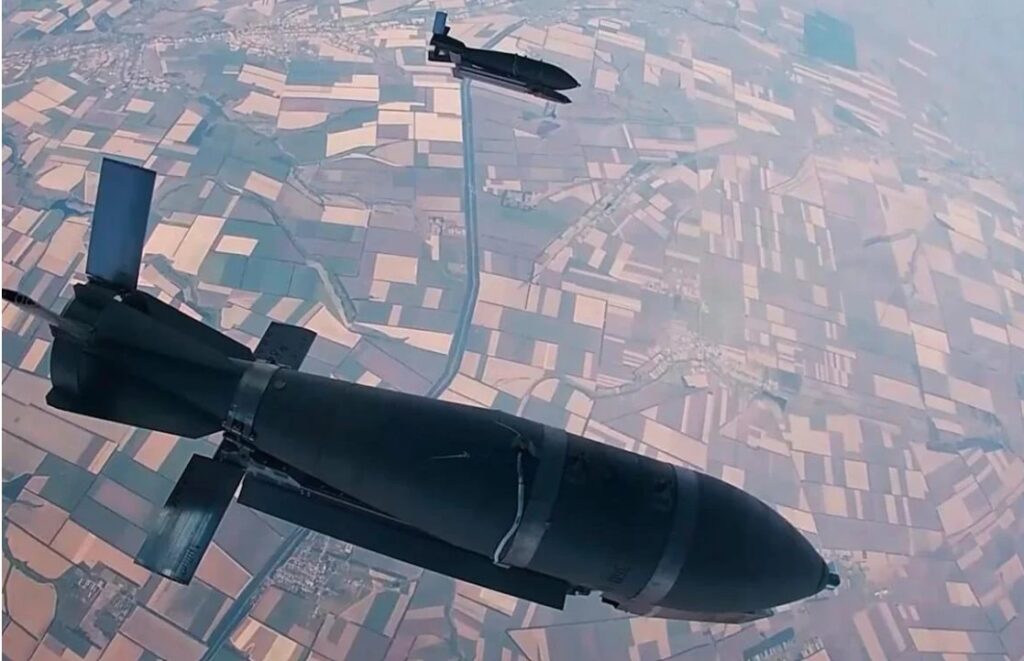New Ukrainian KABs can glide 60 km, but expert says: “We need 100 every day”

Analysts at Defense Express have spotted a MiG-29 fighter jet armed with a domestic analogue of the Russian UMPK kit, a guided bomb, or a so-called KAB. This indicates the start of wider adaptation of this weapon on a more mass-produced aircraft.
The UMPK kit turns a standard unguided bomb into a precision-guided munition with an extended range.
“At least 100 per day are needed”
“The enemy drops 120–150 aerial bombs daily. We, at best, have up to 10 per day. And we need to reach at least 100 per day. Once we finally get enough aerial bombs, the situation at the front can change drastically,” revealed military expert Pavlo Narozhny on Radio NV.
He emphasized that the Ukrainian development does not compete with the French high-precision HAMMERs, which are much more advanced and have a range of over 200 km. Instead, the Ukrainian KABs can be compared to American JDAMs or GBUs, which glide under the influence of gravity.
Cheap, mass-produced, and with great potential
According to Narozhny, the cost of one Ukrainian KAB could be $25,000. An American JDAM costs around $20,000–22,000.
“We have huge stockpiles of these aerial bombs – high-explosive, cluster, various types. We can use them in massive quantities,” the expert explained.
He also noted that installing a jet engine is a completely realistic next step. This would make the Ukrainian munition technologically closer to Western models and provide additional range.